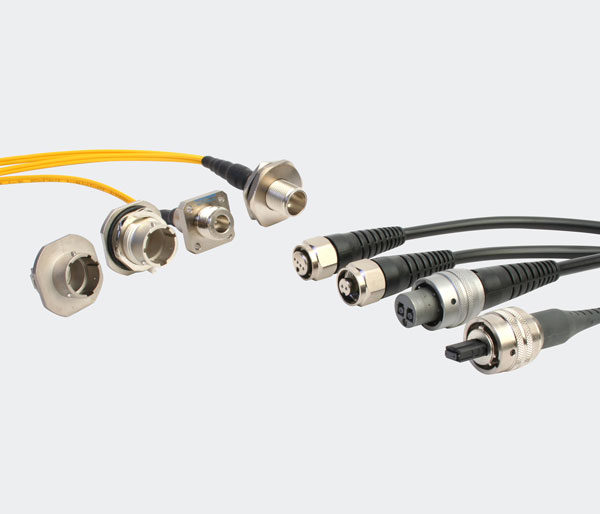Dell’Oro recently updated its 2020 telecom capital expenditure report which analyzes the investment plans of about 50 (about 80% of global capital expenditure and revenue) operators. The research company said that in telecom capital expenditures, telecom equipment (including broadband access, microwave and optical transmission, mobile core and RAN, service provider routers and switches) accounted for about one-third of the total capital expenditure, so small changes in capital expenditures can be inferred that are not related to equipment will considerably affect the relationship between overall capital expenditures and equipment. Having said that, the correlation between equipment items and telecom capital intensity is still important.
Some key points of the 2020 capital expenditure report:
- Following the three-year decline in capital expenditures from 2015 to 2017 and the same level in 2018, preliminary data shows that global telecommunications capital expenditures (the sum of wireless and wired telecommunications investments) will grow by low single digits in 2020. This is the second consecutive year of growth in global telecom capital expenditures.
- Preliminary equipment supplier report estimates indicate that the market for telecommunication equipment (including broadband access, microwave and optical transmission, mobile core and RAN, service provider routers and switches) will grow by approximately 7% in 2020, which indicates that operators’ capital expenditures and the relationship between supplier infrastructure equipment revenue has been decoupled, partly reflecting the reuse of 5G base stations.
- Following a 3% year-on-year contraction in the first half of 2020, global telecom revenue rebounded in the second half of 2020.
- Dell’Oro raised its short-term and near-term capital expenditure outlook to reflect that the outlook for Europe, Japan and the United States has become more optimistic. It is estimated that in 2021, global telecom capital expenditures (including wired and wireless) will increase by more than 5%.
- In 2020, China’s 5G base station installations will be close to 800,000. However, according to the preliminary guidance of the three major operators, after experiencing a sharp decline from 2015 to 2018, the positive momentum of the Chinese market will continue into 2021.
- As the growth rate of capital expenditure will exceed the growth rate of income in the short term, the telecom capital intensity (capital expenditure/income) will increase between 2021 and 2022, and then it will level off.




